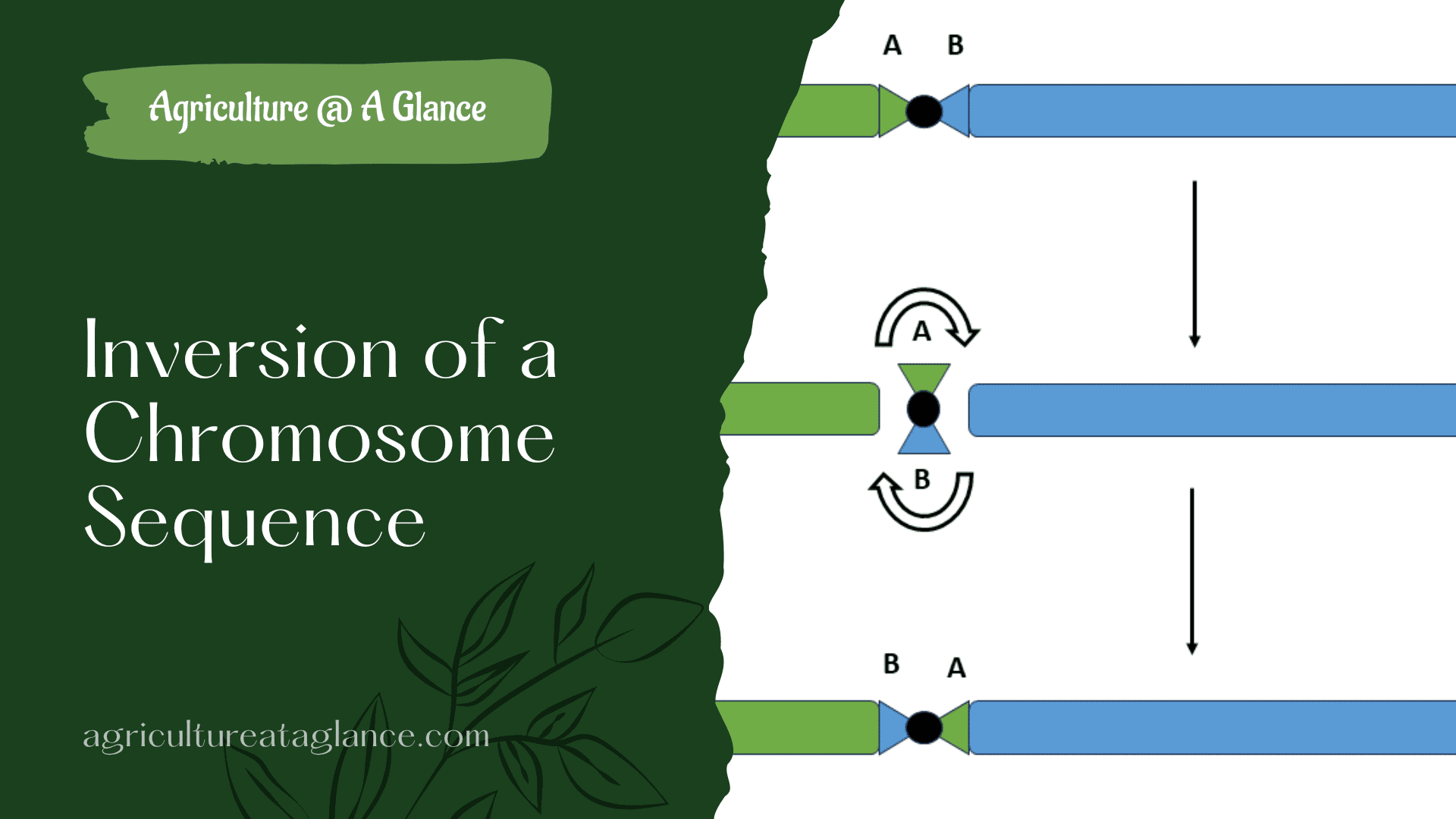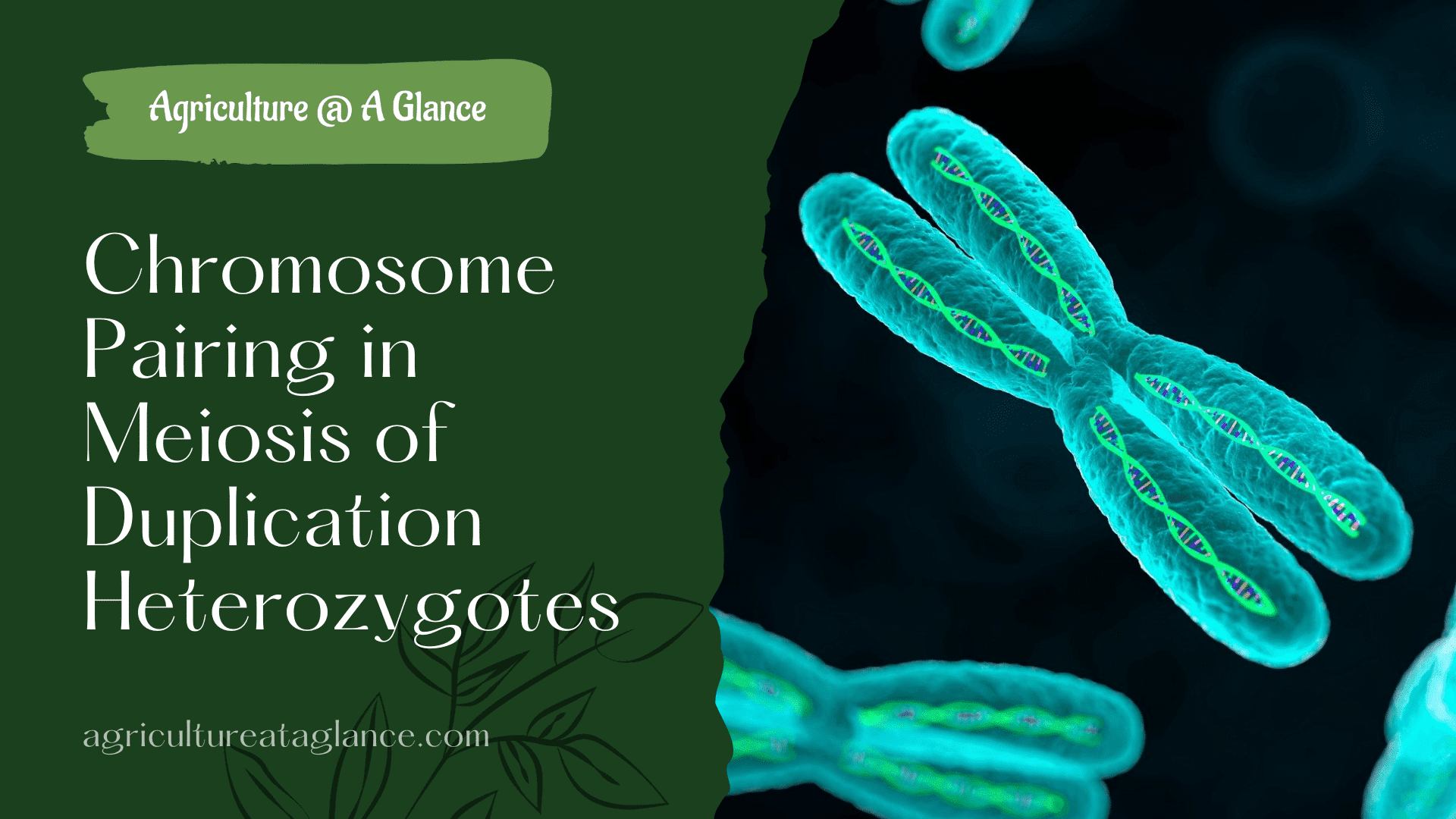The tendency of two or more genes to stay together during inheritance is known as linkage.
- The tendency of all genes to be transferred to the offspring when a gene is transferred from the parent to offspring is called linkage.
- Linkage is discovered by Bateson and punnett.
- Linkage genes do not show independent segregation.
- Two progeny’s similarity is high in linkage.
- Linkage can occur in the same chromosome, two different chromosomes have not shown linkage.
- In the time of linkage, the distance between two genes matters, when the distance is high the chance of linkage is low and when the distance is low the chance of linkage is high.
- Linkage is an exceptional of independent assortment.
- Expected ratio is 7:1:1:7
Recombinant
In recombination genetic material is exchanged between different organisms, resulting in offspring with a combination of traits.
Recombination occurs when pieces of DNA break and recombine during crossing over during meiosis.
Coupling phase
If linkage is occurs in between two dominant or two recessive gene(allele) then it is called as coupling phase of linkage.(In coupling phase, dominant allele of linked gene are located in one chromosome, and their recessive alleles are present in the homologous chromosome)
Repulsion phase
If linkage occurs in between one dominant and one recessive gene(allele) then it is called repulsion phase.(In repulsion, the dominant alleles of one gene and and the recessive alleles of the other gene are present in the same chromosome)
These two terms were given by Bateson and punnet.
Types of linkage
There are two types of linkage:
Complete linkage
Complete yis a type of inheritance where genes are so close together on a chromosome that they are almost always inherited together.
When genes are very close to each other on the same chromosome. Then they are not separated by crossing over and are transmitted together is called complete linkage.
Incomplete linkage
When genes are distantly located in the same chromosome then they can be separated during crossing over.
Detection of linkage
The detection of linkage between two genes refers to the observation that genes are physically located close to each other on the same chromosome. And are therefore likely to be inherited together more often than not.
The linkage can be detected by observing the inheritance pattern of the genes in the population or family.
There are several methods for detecting linkage:
Family studies: Family studies involve analysis of the inheritance pattern of genes in families with knowing genetic histories.
Pedigree analysis: Pedigree analysis involves contracting a family tree that shows the inheritance patterns of gene across multiple generation
Statical analysis: Statical analysis can be used to detect linkage by comparing the observed frequency based on independent assortment.
Molecular markers: The use of molecular markers, such as single nucleotide polymorphism can also be used to detect linkage.
- Once linkage has been detected the next step is to determine the degree of linkage between the gene, which can be measured by the frequency of recombination.
Crossing Over
Crossing over is the exchange of genes between non-sister chromatids of homologous chromosomes in the first prophase of meiosis.
- Exchange of chromosomal segments between non sister chromatid homologous chromosomes.
- Term coined by cattle and morgan.
- Crossing over can break linkage tendency.
- Crossing over can take place during pachytene when each bivalent has 4 chromatids.
- This produce a cross(Ҳ)-like figure at the point of exchange of chromatid segment, this figure is called chisma.
- Crossing over would increase the variety.
- Crossing over tendency in chromosomes is 0-50%.
- After crossing over in two recombinant chromatids, who is involved in crossing over is known as crossover chromatide, and who is not involved in crossing over is known as non crossover chromatid.




